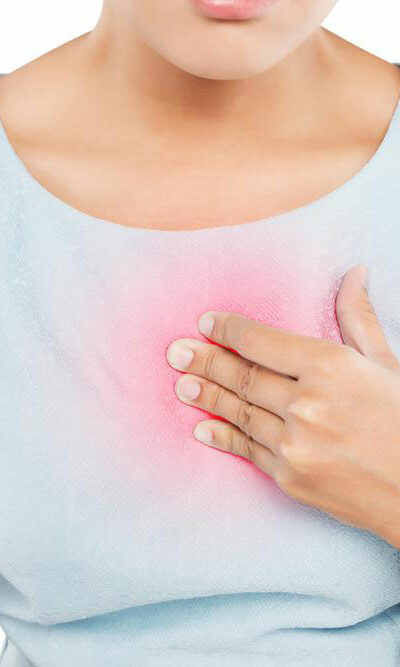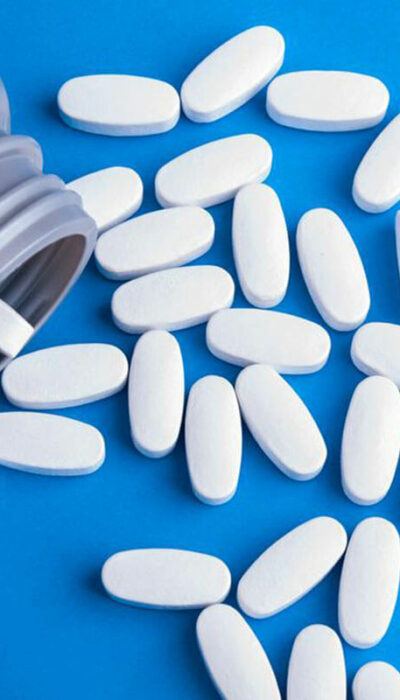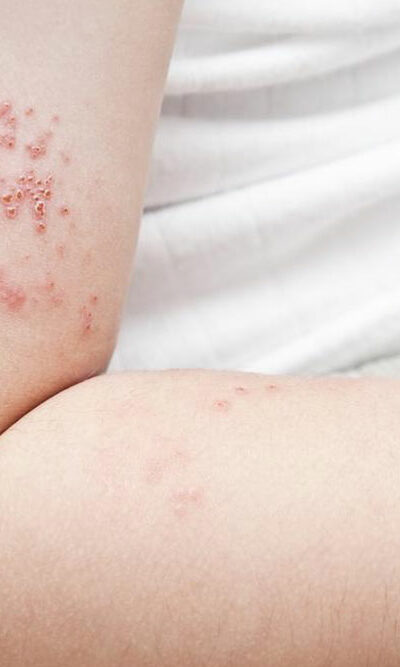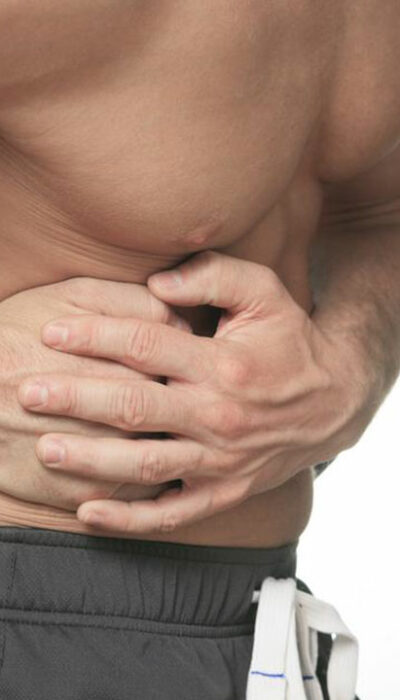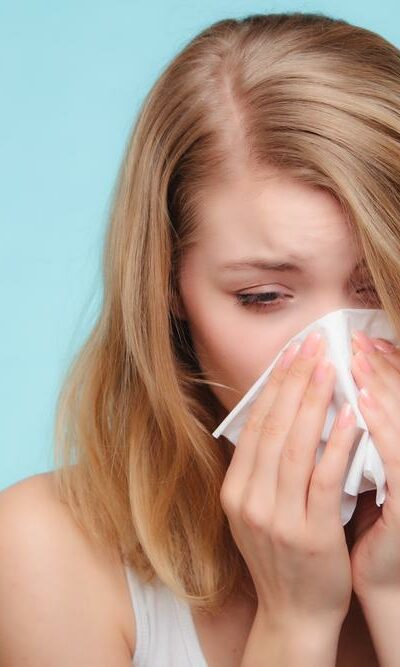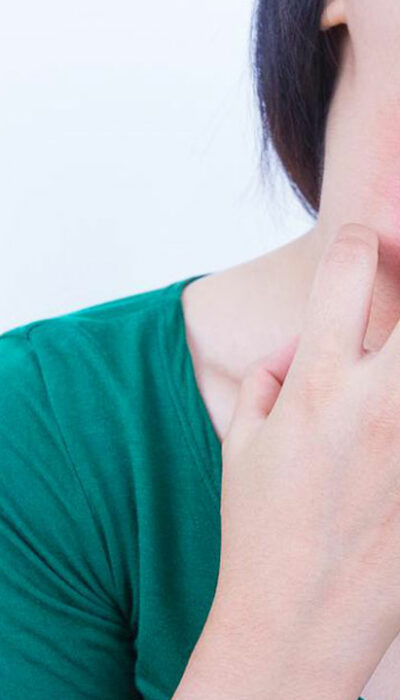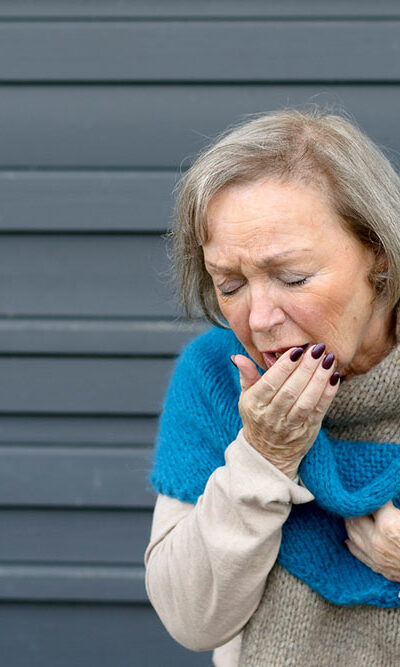
Causes and Treatments of Persistent Dry Cough
A dry cough can be very troublesome. Not only is it irritating, but it takes a toll on your throat too. It feels like a thousand razor-sharp knives are piercing through your throat each time you cough. It is best to get persistent dry cough treated as soon as possible to get rid of the nuisance. In some cases, a persistent dry cough may be a result of inhaling some foreign substance. It is essential to consult a doctor straight away and a chest X-ray should be done to stay on the safe side. Some common causes and risk factors include medications, whooping cough, asthma, allergic rhinitis, sinus problems and oesophageal reflux of stomach contents. Here are a few causes as well as treatments for persistent dry cough. Cause – If it was not already obvious, cigarette smoking is the most common cause of persistent dry cough. Treatment – Avoid smoking if you are suffering from such a cough and visit a doctor for further check-ups. Smoking is extremely harmful to the body. The onset of a persistent dry cough may be an indicator of other health problems. You can try nicotine patches to quit smoking after consulting a doctor. Cause – Asthma is another common cause of persistent dry cough. It is a disease of the airways and results in several breathing difficulties. Some asthma sufferers have persistent dry cough as their only symptom. This is often called cough-variant asthma. This may be further aggravated by exposure to air pollutants, pollen, and perfume. Smoke and cold air can further cause problems so be aware! Treatment – Steroids and bronchodilators are given to patients to relieve them of their symptoms. While these are inhaled variants, short-term oral steroids may be given as well. Cause – The acid reflux of the stomach content into the esophagus is another cause of persistent dry cough.
